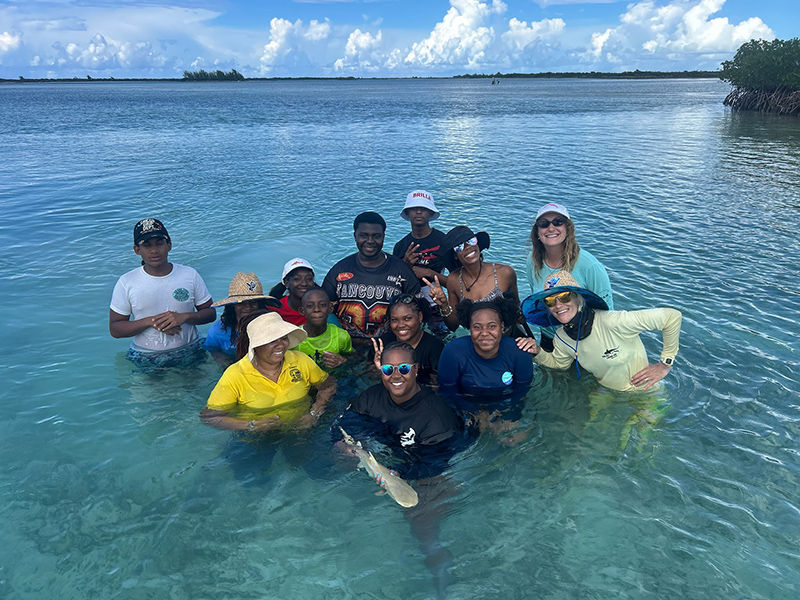December Elasmobranch of the Month: Spinner Shark
- Sharks4Kids

- Dec 15, 2019
- 2 min read
Spinner Shark
Carcharhinus brevipinna
Key Features/Appearance
The acrobatic, Spinner shark is named for its common behavior of spinning at the water’s surface as well as above the water, sometimes as high as 20 feet. This shark is bronze to copper to gray on top transitioning to white on its underside. In adults, these sharks have black tips on the lower lobe of the caudal fin as well as their pectoral, anal, and second dorsal fins. Other fins may, or may not, have black markings at the tips. Due to these black markings the Spinner shark is often mistaken for the Blacktip shark. The first dorsal fin is located behind the pectoral fins, which are relatively narrow for the shark’s size. There is not an inter-dorsal ridge. Their bodies are slender with a pointed snout. Their average size is 2 meters (6.6 ft) with a known maximum length of 3 meters (9.8 ft). The teeth of both the upper and lower jaws have broad bases and are triangular in shape. The teeth in the lower jaw are more narrow than those in the upper jaw.


Image: Queensland Government
Habitat and Distribution
The Spinner shark inhabits both coastal and pelagic subtropical waters. It is widely distributed throughout the Atlantic Ocean, Pacific Ocean, Indian Ocean, Black Sea, Mediterranean Sea. Their depth ranges from 0-100 m (0-328 feet).

Map IUCN RED LIST
Diet
This shark’s diet is predominantly fish ranging from herrings, sardines, and anchovies, to tuna, jacks and bonita. They will also consume squid, octopi and stingrays. Their predation is unique as they swim and spin through the schools of fish. As the prey attempt to flee, the Spinner shark snaps the fish in its jaws.
Reproduction
Spinner sharks give live birth (viviparous). The embryos receive nourishment via a yolk sac with gestation lasting 11-15 months and births taking place during the summer months. Females give birth every other year to 3-2 pups measuring 60 to 75 cm (24 – 30 in) long.
Status
The IUCN Red List of Threatened Species currently lists the Spinner shark as Near Threatened.
Threats
The Spinner shark is targeted by both commercial and recreational fisheries for its meat, skin and fins. Coastal development is another threat the species is facing as those human activities destroy its nursery habitats.

CLICK HERE TO DOWNLOAD FREE COLORING SHEET
References
Florida Fish and Wildlife Conservation Commission
Florida Museum of Natural History, University of Florida
Oceana
Sharkwater.com
Shark Research Institute
The IUCN Red List of Threatened Species
Burgess, G.H. 2009. Carcharhinus brevipinna. The IUCN Red List of Threatened Species 2009: e.T39368A10182758. http://dx.doi.org/10.2305/IUCN.UK.2009-2.RLTS.T39368A10182758.en. Downloaded on 01 December 2019.





















